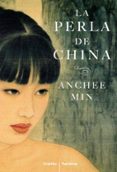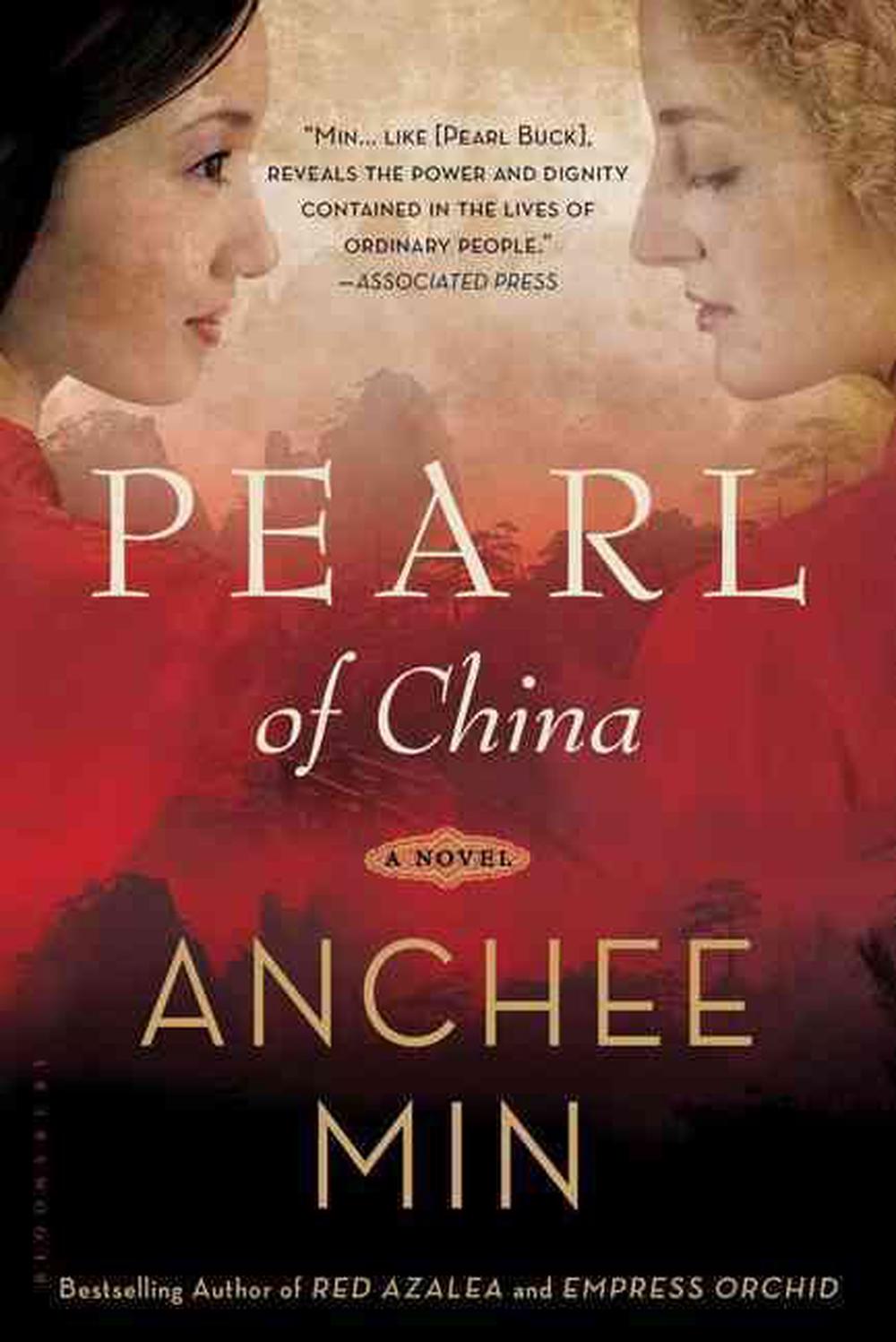

In a starred review, Booklist called it "ardently detailed, dramatic and encompassing," and said "Min's fresh and penetrating interpretation of Pearl S. Released earlier this month, Pearl of China is already garnering strong praise.

Over a long career she produced nearly 40 novels, and for many Americans in the '30s, '40s, and '50s, her portrait of contemporary Chinese life constituted virtually all they knew of the country. "I wrote the novel to show where Pearl's great sensitivity and insight into the Chinese and Chinese culture came from," Min says.īuck grew up in China and lived there more than 30 years. The story follows their entwined lives through the tumult of 20th century China's history. Based on the life of Buck, her new novel centers on the friendship that blossoms between blond-haired Pearl, daughter of American missionaries, and Willow, the only child of a destitute Chinese family. With Pearl of China, Min atones for that long-ago and innocent sin. "And I cried because I was only then realizing this, and that I was only one of a generation that had been indoctrinated to think poorly of Buck." "I cried because I realized how beautifully Buck had told the story of the Chinese peasant, in a way that few others, even Chinese, had ever done," says the author of such acclaimed novels as Becoming Madame Mao and The Last Empress. Later, as she read it on the plane, she burst into tears. Years later, living in the United States, Min was on tour promoting her memoir Red Azalea when a fan thrust a copy of Buck's novel into her hands.


In 1971, during China's Cultural Revolution, 14-year-old Anchee Min was ordered to denounce the American novelist Pearl Buck as a "cultural imperialist." Min had never heard of the Nobel Prize-winning author of The Good Earth and other works celebrating the lives of ordinary Chinese, but she dutifully complied.


 0 kommentar(er)
0 kommentar(er)
